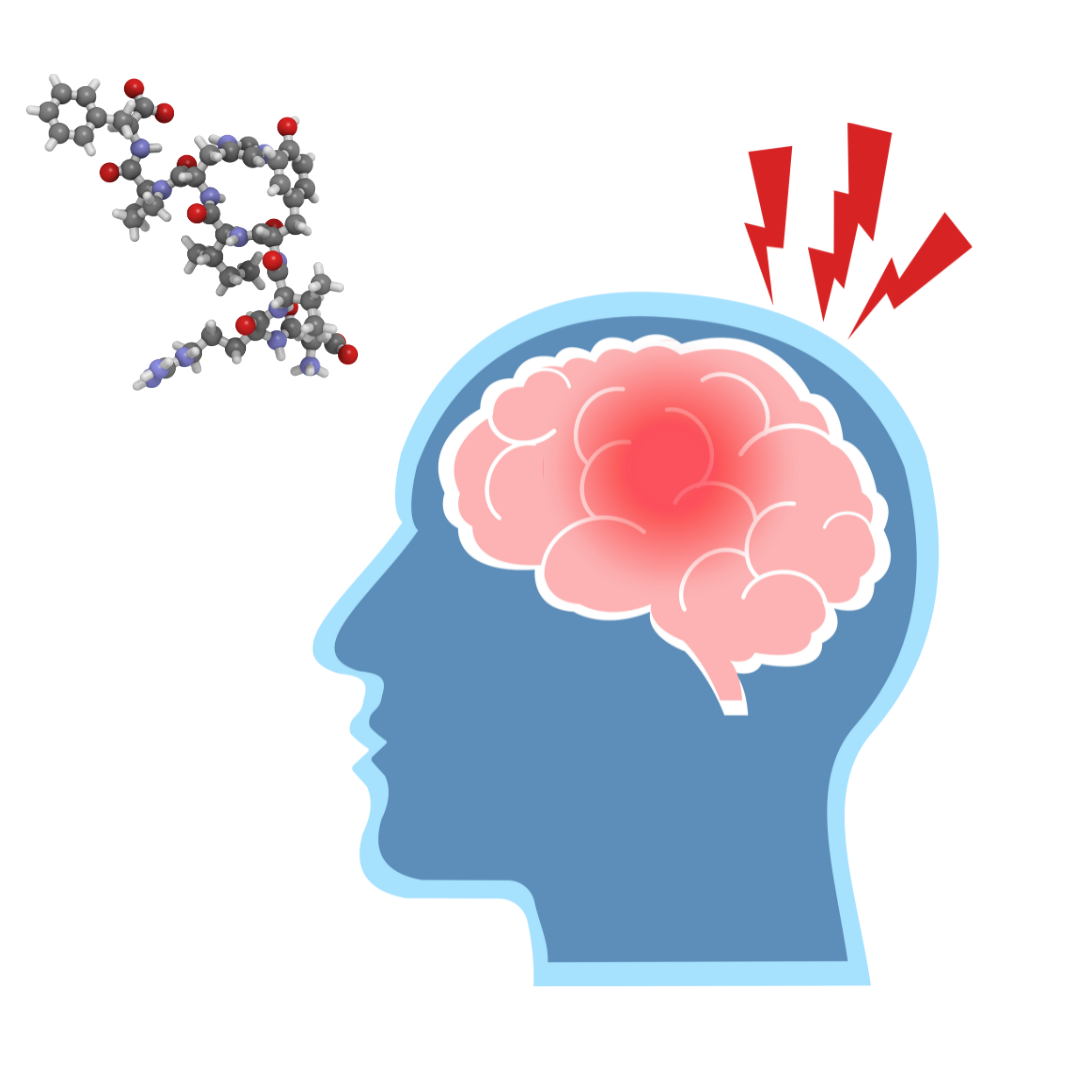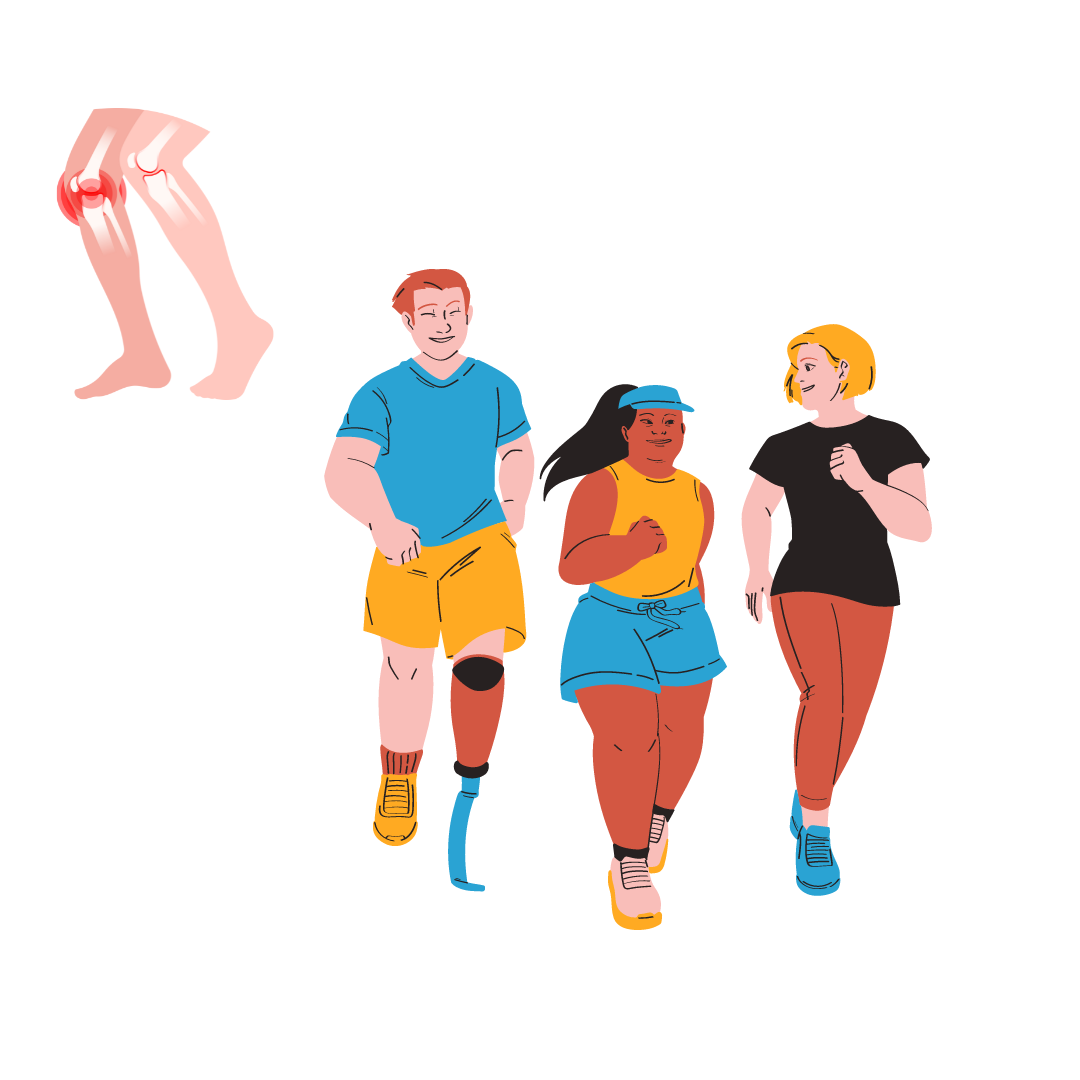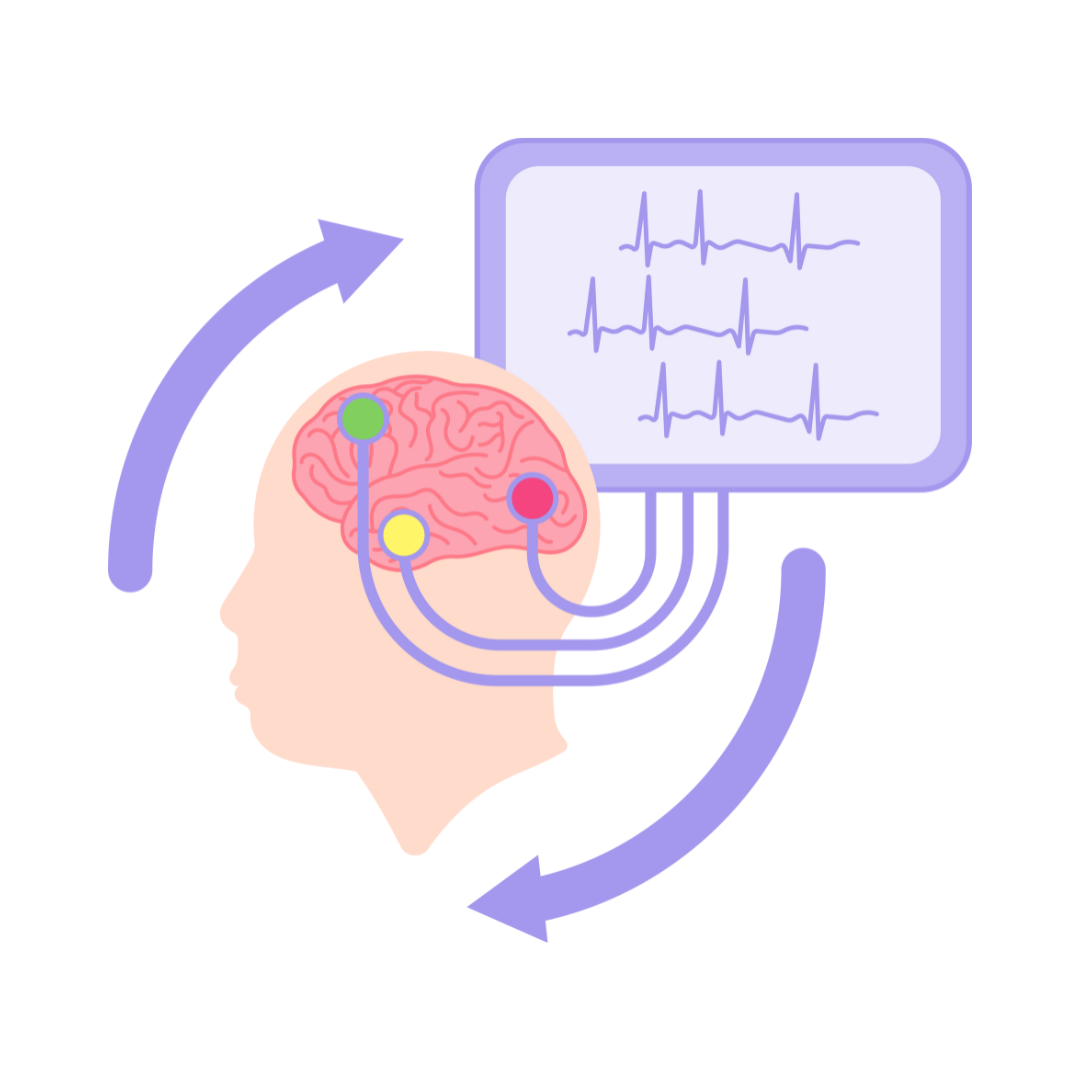Blog

How Your Diet Can Help Manage Chronic Pain: What the Latest Research Reveals
Over the past decade, research has explored how different diets and supplements can help manage chronic pain by targeting inflammation, oxidative stress, and other underlying mechanisms. A review of existing studies found that while many articles discuss these dietary approaches, only a small portion are original research. Most studies have focused on chronic musculoskeletal pain, such as back pain, knee osteoarthritis, fibromyalgia, migraines, and neuropathic pain. Some effective dietary interventions include plant-based diets, low FODMAP diets, ketogenic diets, and omega-3 supplements, all of which may help reduce pain and improve quality of life. However, the research quality varies, and more rigorous studies are needed to draw definitive conclusions. Generally, combining diet with other treatments, such as medication and physical therapy, is recommended for better pain management. This review highlights the importance of individualized dietary guidance as part of a broader strategy to alleviate chronic pain.
Read More
New Migraine Prevention Therapy: CGRP Treatments Now a First-Line Option
The American Headache Society has recognized a new class of treatments called calcitonin gene-related peptide (CGRP)–targeting therapies as a top choice for preventing migraines. These treatments work by blocking a protein involved in triggering migraines, offering an effective alternative to older medications like beta-blockers and antidepressants, which can have tough side effects. CGRP therapies have been shown in studies to reduce the number of migraines and improve the quality of life for patients, including those who haven’t responded well to other treatments. This is a big step forward in migraine care, especially for those regularly dealing with these headaches.
Read More
Optimal Timing for Exercise Therapy in Knee Osteoarthritis: The Impact of Early Intervention on Pain and Function
The article highlights the effectiveness of exercise therapy for individuals with knee osteoarthritis, emphasizing that those who start exercising within the first year of symptoms experience the greatest benefits. Analyzing data from 1,769 participants, the study found that early intervention with exercise significantly reduces pain and improves physical function both in the short term (about 3 months) and long term (about 12 months). Those with symptoms for less than one year saw the most notable improvements compared to those with longer symptom durations. The findings suggest that initiating exercise therapy as soon as symptoms emerge can be crucial in managing and potentially slowing the progression of knee osteoarthritis.
Read More
Uncertain Benefits of Massage Therapy for Pain Management: A Review of Evidence Quality and Research Gaps
A recent review of research on massage therapy for pain management found that while there is some evidence suggesting it might help with conditions like lower back pain, labor pain, and post-breast cancer surgery, the overall certainty of these benefits is low. Out of 129 studies reviewed, only a few had moderate-certainty evidence, and no study provided high-certainty results. The review calls for more high-quality, long-term research to better understand how effective massage therapy is compared to other treatments for pain. Despite being generally safe, massage therapy might not be suitable for everyone, especially those with certain types of chronic pain.
Read More
"Exploring Deep Brain Stimulation for Chronic Low Back Pain: Promising Early Results and Future Prospects
Preliminary results from a first-in-human trial of Deep Brain Stimulation (DBS) targeting the subgenual cingulate cortex (SCC) for chronic low back pain show promising outcomes. The study, presented at the 2024 American Association of Neurological Surgeons Annual Meeting, demonstrated significant pain reduction, a 95% decrease in opioid use, and a 90% improvement in disability for a patient with severe, refractory low back pain. DBS, which modulates brain circuits involved in pain perception, appears to be a viable option for those who have not benefited from traditional treatments like medications, physical therapy, or spinal cord stimulation. Despite these encouraging results, challenges remain regarding the generalizability of the treatment, its invasive nature, and the need for larger, multisite trials to fully establish its efficacy and cost-effectiveness.
Read More